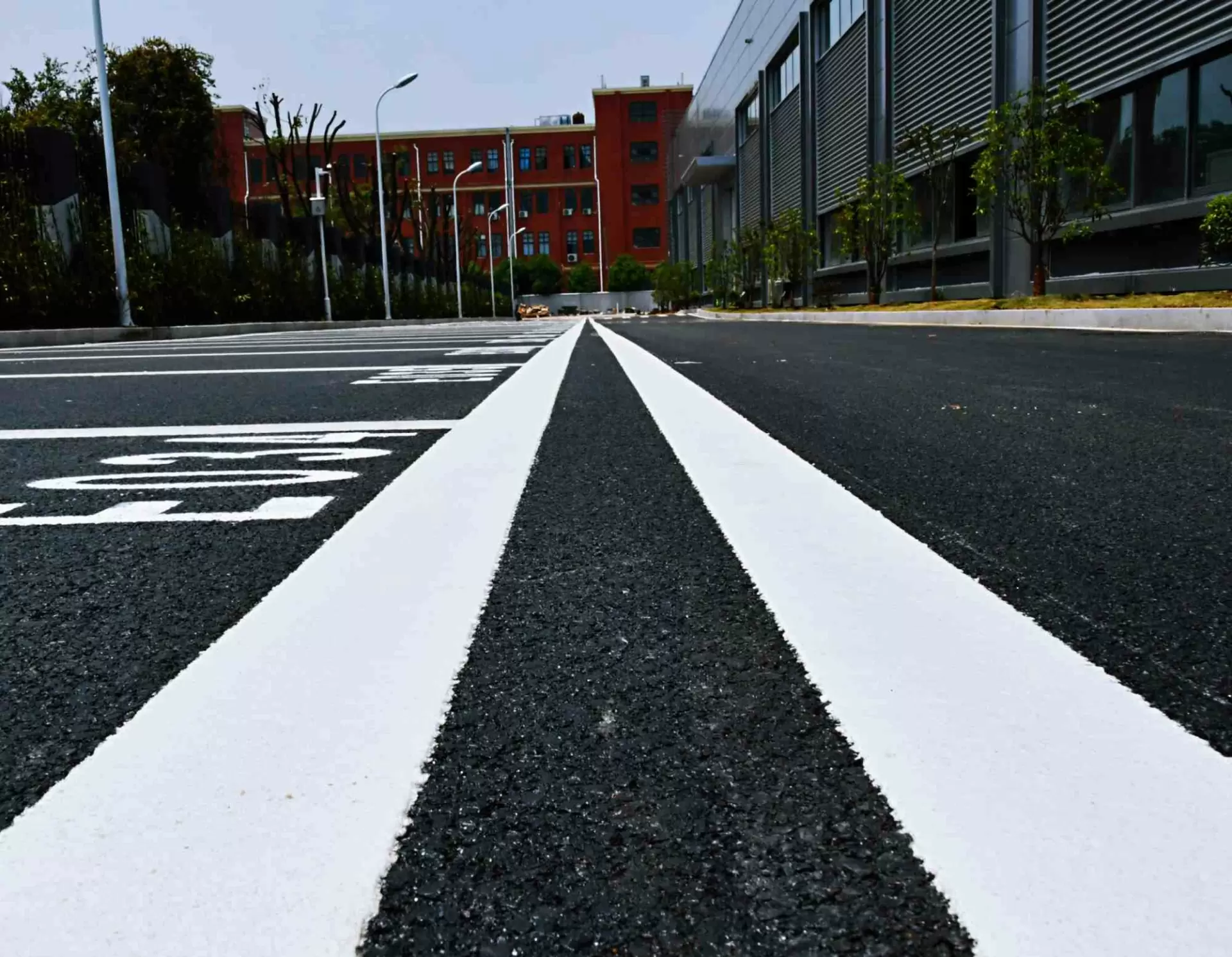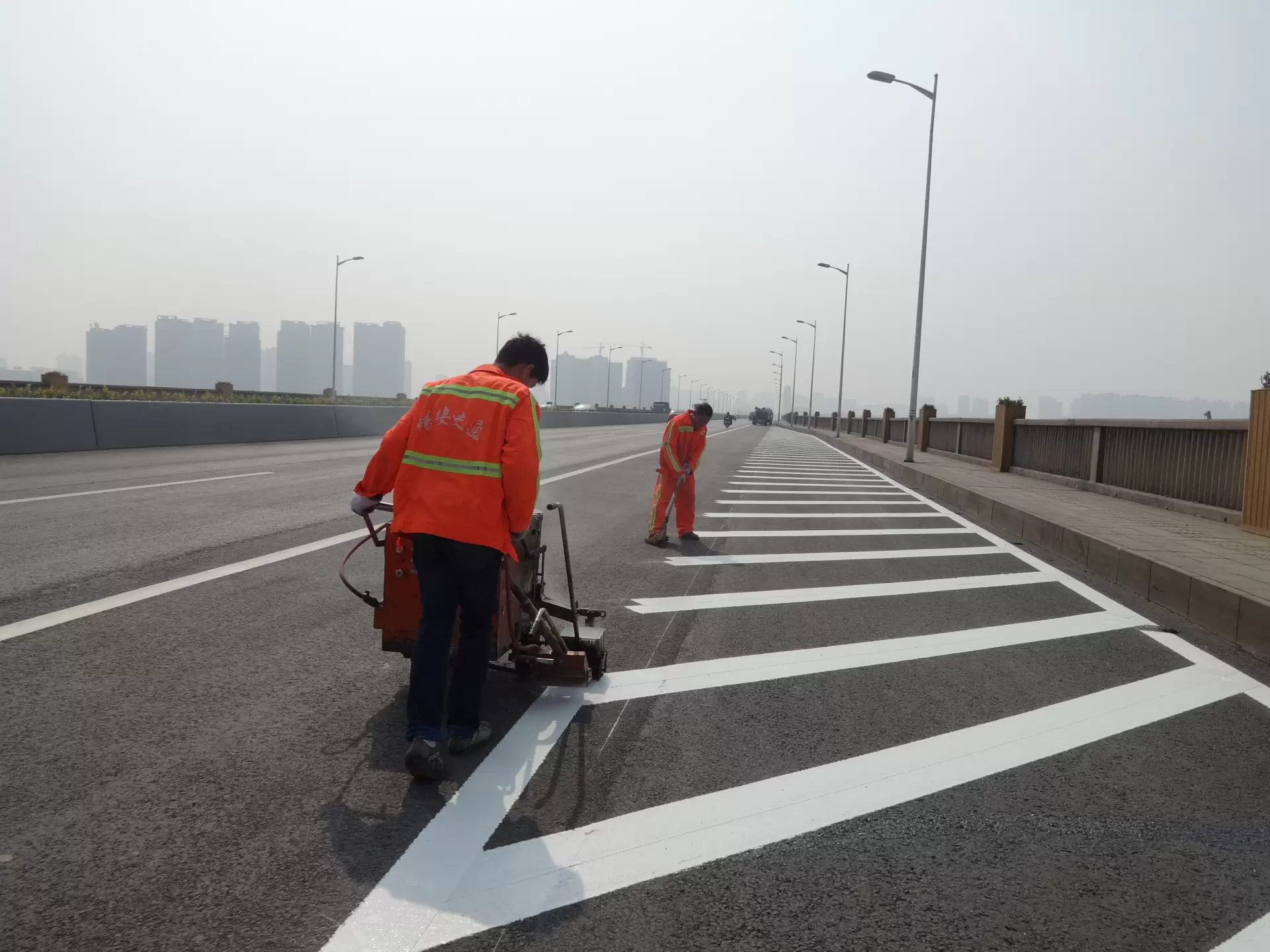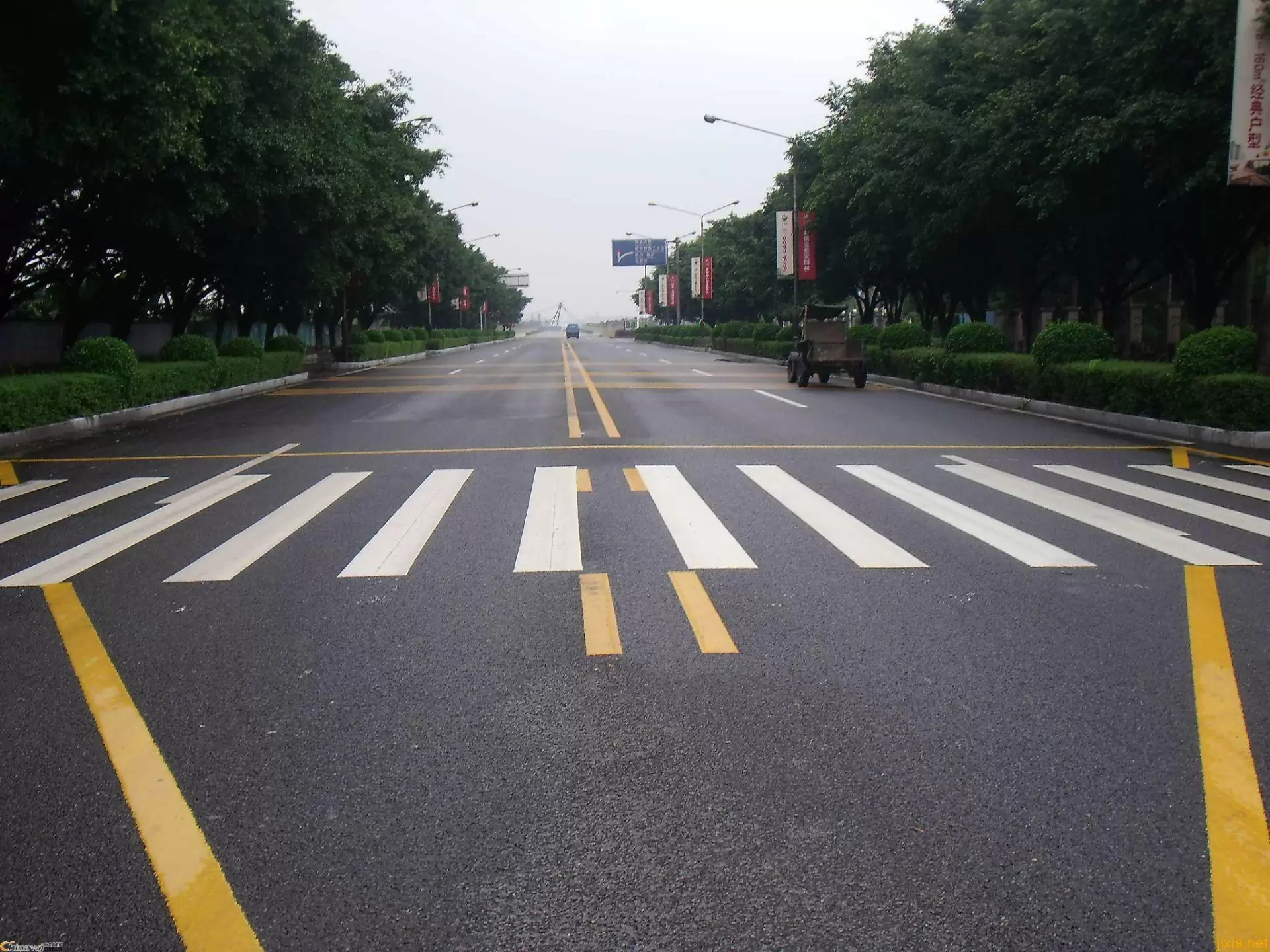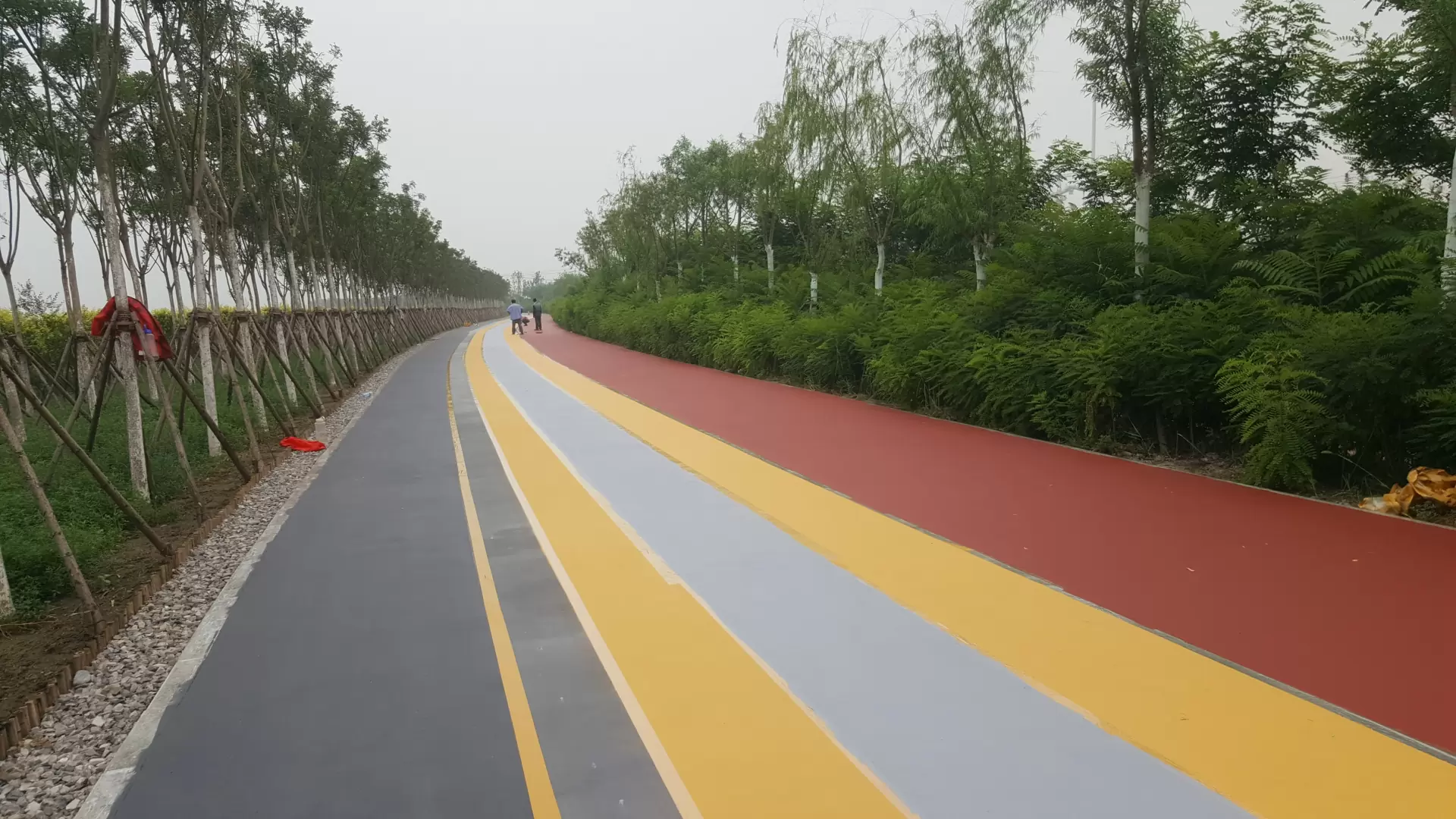SOLUTION
Coating industry application
2022-12-21
The road marking paint can be seen at night due to its own retroreflective coefficient, but in real life, we sometimes cannot see the road marking paint clearly. This is because the retroreflective coefficient of the road marking paint appears problem.










The road marking paint can be seen at night due to its own retroreflective coefficient, but in real life, we sometimes cannot see the road marking paint clearly. This is because the retroreflective coefficient of the road marking paint appears problem. So what are the factors that affect the retroreflective coefficient of road marking paint?
1. Glossiness of road marking paint. After the road marking paint is applied, the surface of the marking may be too bright, so that the road marking after construction will form a mirror reflection after the light is irradiated in the daytime, so that the driver may have the markings dazzling and cannot see clearly. At night, the road reflex line is very dark under the light reflection, so that it cannot be seen clearly by the driver. To
2. Improper use of glass beads. During the construction of road markings, an appropriate amount of glass beads will be added to enhance the brightness of the markings, but if too many glass beads are used, retroreflection will not be formed and the road markings will become dim. If too few glass beads are used, the reflectivity of the road markings after construction will be worse. To
3. The compactness of road marking paint after film formation. If the road marking paint after construction has a lot of blistering, looser and larger particle fillers after the film is formed, then the road marking after construction will lose part of its brightness under the reflection of multiple interfaces, resulting in a reflection effect reduce.
There are four main factors that affect the retroreflective coefficient of hot melt marking paint:
(1) The brightness factor of the hot-melt marking paint directly affects the retroreflective coefficient of the marking.
(2) The choice of glass beads is very important. Try to choose glass beads with a roundness of more than 80%. The size of the beads will affect the retroreflective coefficient.
(3) The construction temperature control is very important. The construction material temperature will affect the retroreflective coefficient. The material temperature is controlled well to ensure that 50%-60% of the microbeads are embedded in the marking coating. At this time, the effect is good.
(4) The glass beads should be spread evenly, too much or too little will affect the retroreflective coefficient of the marking.
Traffic markings refer to signs that use line A, arrows, text, facade markings, raised road signs, and outline signs on the road surface to convey traffic information such as guidance, restrictions, and warnings to traffic participants. Its function is to control and guide traffic, and it can be used in conjunction with signs or alone. The color of road retroreflective markings is generally white and yellow. When driving, the driver uses the retroreflecting of the two colors to drive on the road. Then what is the value of the two color standard values?
The retroreflective coefficient of the reflective cursor line (cd. 1 x-1. M-2) Inspection standard: white marking line ≥ 150, yellow marking line ≥ 100.
The retroreflective coefficient is the most important technical indicator for testing various retroreflective materials. National standard GB/T18833-2002 "Reflective Film for Road Traffic Signs", Traffic Industry Standard (JT/T279-2004), "Technical Conditions for Road Traffic Sign Boards". Various retroreflective materials are classified into five grades, which are the basis for the design of road traffic sign boards at all levels.
In road traffic engineering, marking paint needs to meet the national requirements for retroreflective coefficient. Paint factories use marking retroreflective detectors to test whether products meet the standards.
In the construction process, after using hot-melt marking in the marking construction, it is also necessary to measure the marking retroreflective detector to check whether the product meets the standard.
-
Previous page:
Special transportation facilities -
Next page:
No article

